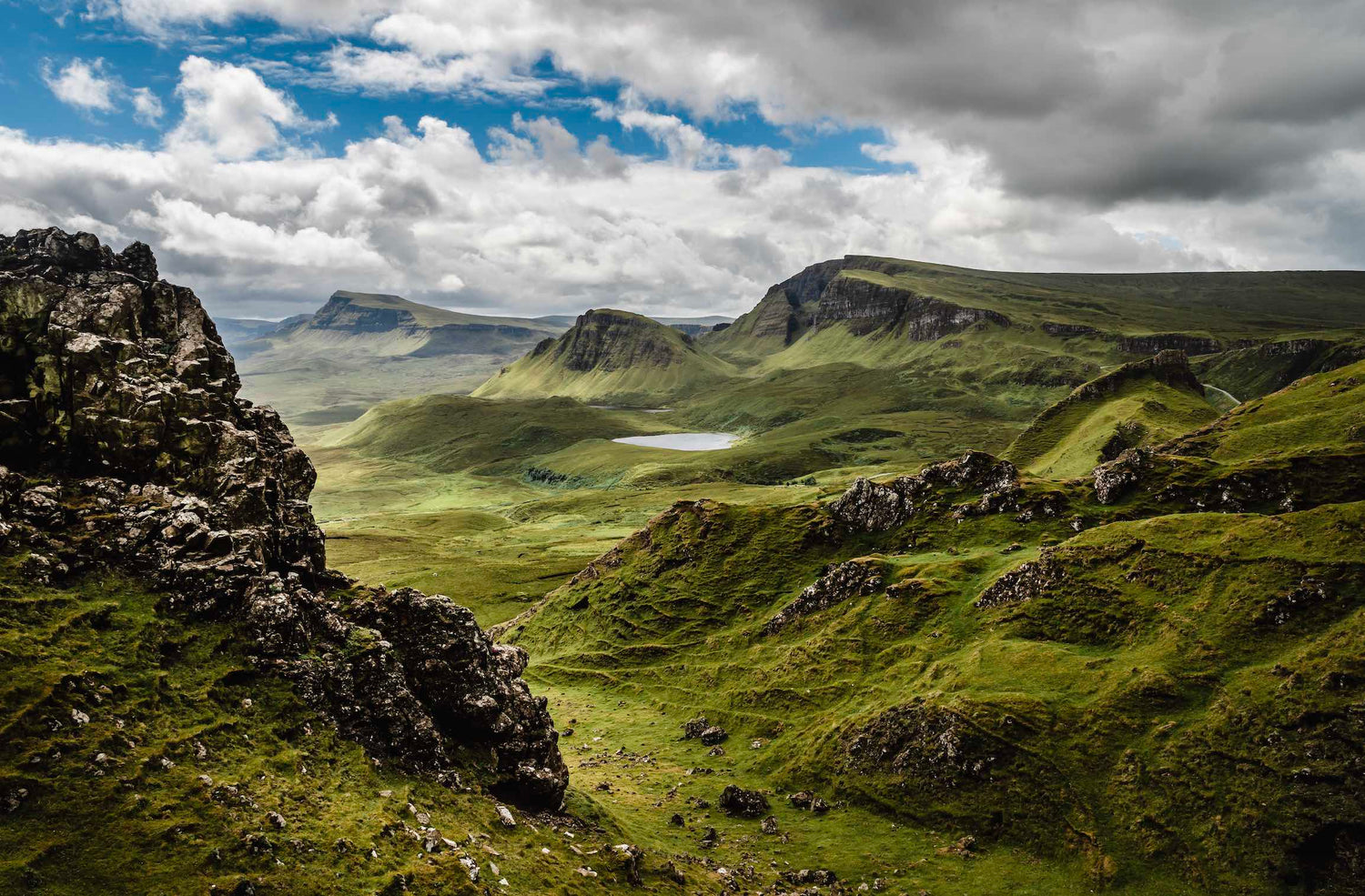"This land is your land," is an adage we often hear in the United States, but in Scotland the saying is not only more literal, it's codified. Scotland's Right to Roam is a unique and cherished legal concept that grants individuals the freedom to access and enjoy the country's vast and diverse landscapes—free of charge. This right, deeply rooted in the nation's history and culture, reflects Scotland's commitment to providing its citizens with a connection to nature and the outdoors. It's not a right just limited to countrymen and women however, as even visitors can enjoy hiking, cycling, climbing and wild camping (for single night durations) anywhere in the country.
The origins of Scotland's Right to Roam can be traced back to the traditional practices of rural communities and clans. In the past, access to land was often based on customary rights, allowing locals to move freely across common areas for farming, grazing, and other activities. As society evolved and land ownership patterns shifted, these informal rights became increasingly important to the identity of the Scottish people.
In the 19th century, the Highland Clearances marked a significant turning point in Scotland's relationship with its land. Large-scale evictions and the transformation of traditional agricultural practices led to a more concentrated ownership of land by a few wealthy individuals. This created tensions and a sense of disconnection among the broader population, fueling a desire to reclaim their access to the countryside.
The early 20th century saw the emergence of organized efforts to secure public access to Scotland's landscapes. The establishment of organizations like the Scottish Rights of Way Society and the Ramblers' Association played a crucial role in advocating for the public's right to roam. Their campaigns aimed to challenge restrictive land use policies and promote the idea that access to the countryside was a fundamental right for all.
The culmination of these efforts came with the Land Reform (Scotland) Act of 2003. This landmark legislation enshrined the Right to Roam into law, granting people access to most land and inland water for recreational and educational purposes. The Act struck a delicate balance between the rights of landowners and the public, ensuring that responsible access was exercised without compromising the interests of those who owned the land.
Scotland's Right to Roam is not just a legal provision but a cultural and social cornerstone. It reflects a broader commitment to fostering a sense of community, promoting physical well-being, and preserving the natural environment. Today, locals and visitors alike can explore the Scottish countryside, including mountains, lochs, and forests, with the confidence that they are exercising a right deeply ingrained in the nation's history.
By recognizing and protecting access to the countryside by law, Scotland has not only preserved a traditional way of life but has also ensured that future generations can continue to enjoy the beauty and diversity of its natural landscapes.
As active world wanderers, it's a regulation we can get behind. Next time you're in Scotland, make sure to leave time for a wander—it's your right after all.
















